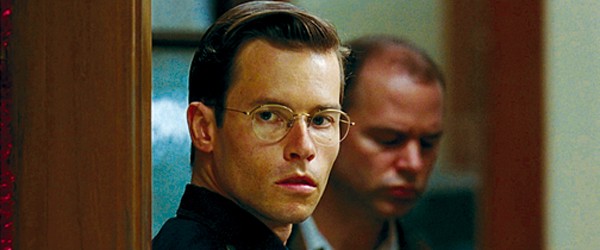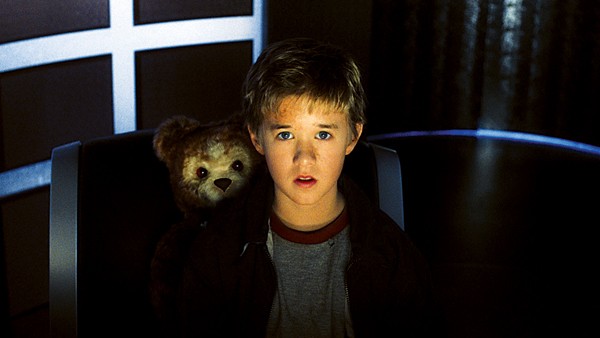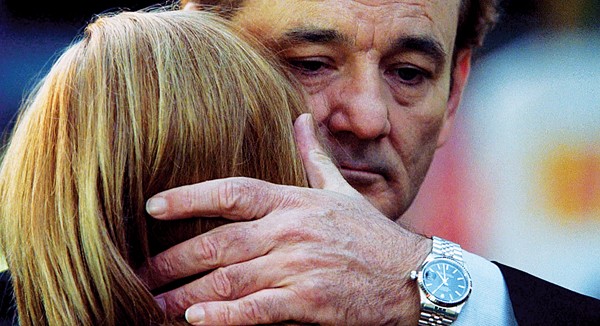Flappers, greasers, beatniks, hippies, punks, yuppies, and new wavers have all come and gone. But for some reason, goths endure. What is it about the floridly morose aesthetic that still compels kids and adults (excuse me, “elder goths”) to wear black and walk by night? Some say Mary Shelley, author of Frankenstein, the first novel that is unambiguously science fiction, was also the first goth chick. It’s hard to beat her commitment to the bit: She lost her virginity on her mother’s grave and kept her dead husband’s heart in a jar on her desk. The modern goth package started to come together in the post-punk era of 1979, with Peter Murphy’s plaintive wail on Bauhaus’ “Bela Lugosi Is Dead.” Siouxsie Sioux, one of the Sex Pistols’ Bromley Contingent, adopted the fright wig haircut and turned out songs like “Halloween” and “Spellbound” with her band, the Banshees. Her sometimes guitarist Robert Smith made depression sound fun (or at least cool) with the Cure.
In 1986, Siouxsie and the Banshees hit it big on U.S. college radio with “Cities in Dust,” a song about wandering through the ruins of Pompeii. Two years later, Winona Ryder copped her look for Lydia Deetz in Beetlejuice. Ryder came by it honestly. At the time Tim Burton cast her as the girl who could see ghosts, she was a 16-year-old daughter of bohemian parents, who had raised her on a commune. LSD pioneer Timothy Leary was her godfather. When the literature-obsessed teen was introduced into a conventional California high school, she was relentlessly bullied by the popular girls, and retreated into theater. The combination of wide-eyed innocence and cynical angst she brought to the role of Lydia felt real because it was real.
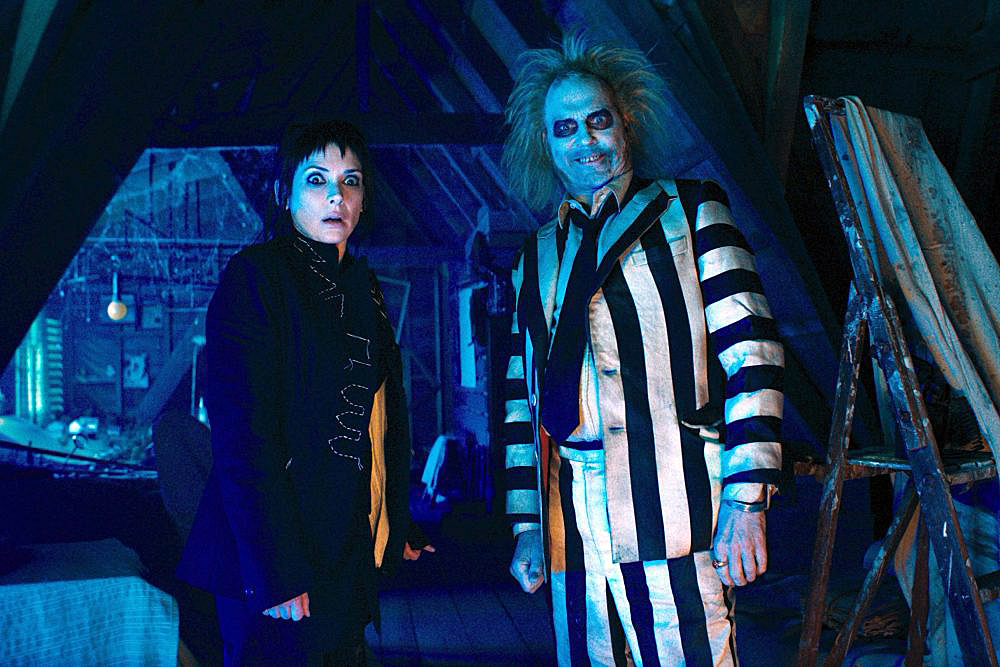
Beetlejuice was an unexpected hit. It was only Tim Burton’s second movie, after the rollicking Pee-wee’s Big Adventure, but his goth aesthetic was already fully formed. It was a manic free association of Hammer horror films and carnival fun-house craziness. Ryder would get goth with him again, opposite her real-life boyfriend Johnny Depp in Edward Scissorhands, and further burnished her goth bona fides as the outsider anti-hero in Heathers and as Mina Harker, for whom Gary Oldman “crossed oceans of time” in Bram Stoker’s Dracula. She proved herself to be one of Gen X’s best actors throughout the 1990s by stealing the show in Little Women and Night on Earth.
But Ryder, and everyone else, always had a soft spot for Lydia the proto-goth. When she signed on as the mom in Stranger Things, her only request was that they had to make room in her shooting schedule if the long-awaited Beetlejuice sequel happened. And now, after many stops and starts, it has.
Like its predecessor, Beetlejuice Beetlejuice is a glorious mess of a film. I’ve been rhapsodizing about Winona’s return to the black, but Michael Freakin’ Keaton is also back as the ghost with the most. He’s still stuck in the afterlife, but he’s moved up in the netherworld, now commanding an office full of freelance bio-exorcist ghosts and ghouls. On his desk is a picture of the one who got away, Lydia. But while he’s living his best afterlife, his ex-wife Delores (Monica Bellucci) reappears and starts re-murdering ghosts. This attracts the attention of ghost detective Wolf Jackson (Willem Dafoe).
Meanwhile, on the prime material plane, Lydia has committed the worst Gen-X sin: She’s sold out. She uses her supernatural detection talent as the host of Ghost House with Lydia Deetz. But while she’s taping the latest episode, she sees Beetlejuice, the only thing that ever really scared her, in the audience, and storms off the set. Her boyfriend Rory (Justin Theroux) is also her show’s producer, and their relationship is troubled and uneven. “This is the last time I dig pills out of the trash for you!” he gripes, knowing full well he will do it again. Her first husband Richard (Santiago Cabrera) disappeared on a research trip to the Amazon, and their daughter Astrid (Jenna Ortega) is parked at a swank boarding school, where she’s relentlessly bullied by the popular girls. She’s there because her grandma Delia (Catherine O’Hara) made a big donation to the art school.
One of the cool things about Beetlejuice Beetlejuice is that the characters have actually grown and changed in the years that have passed. Lydia’s taken the cool-teen-to-troubled-adult pipeline, familiar to many Gen-Xers. Delia was a hopeless dilettante artist in the first film. Now, she’s got a huge gallery show in New York alongside the “Picasso of graffiti art.” While she’s still a raging narcissist, her art’s pretty good now. Astrid, like Lydia before her, sees right through the adults’ carefully constructed facades, and kinda hates them for it.
The plot of Beetlejuice Beetlejuice is episodic and scattered. Burton’s visual sense remains impeccable, but he still misses the level of writers he had for Batman Returns and Ed Wood. What saves the film is its sheer exuberance. Michael Keaton is 72, but his manic energy is still intact. Ryder lets a little of the old Lydia peek out from beneath her exasperated mom routine. The whip-smart Ortega is a worthy successor to Ryder’s effortless intensity.
Beetlejuice Beetlejuice never quite recaptures the original’s dark magic, but you’ll be having too much fun to care.
Beetlejuice Beetlejuice
Now playing
Multiple locations
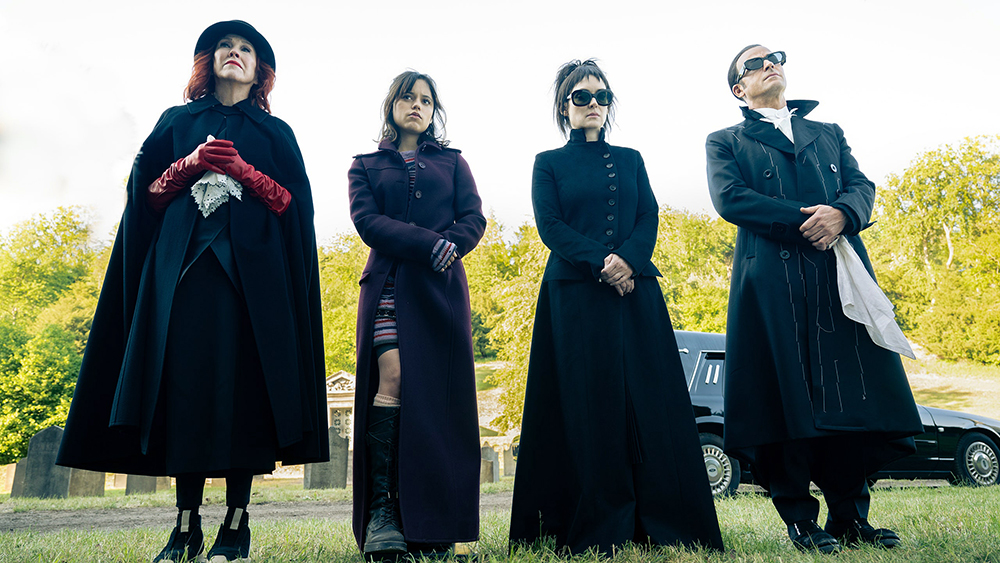

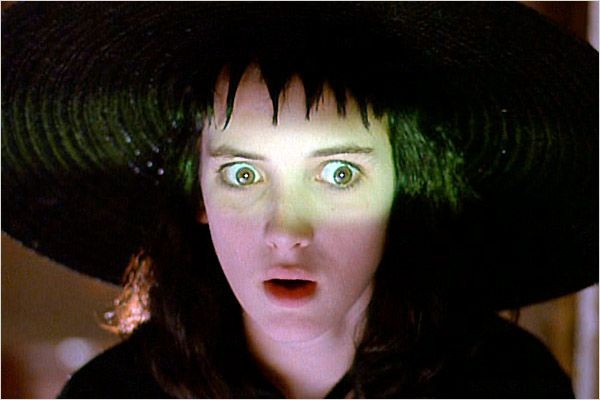
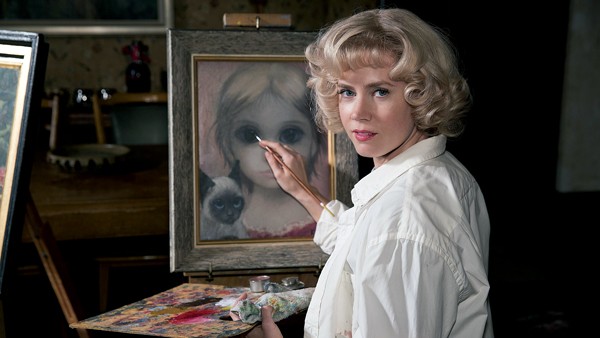
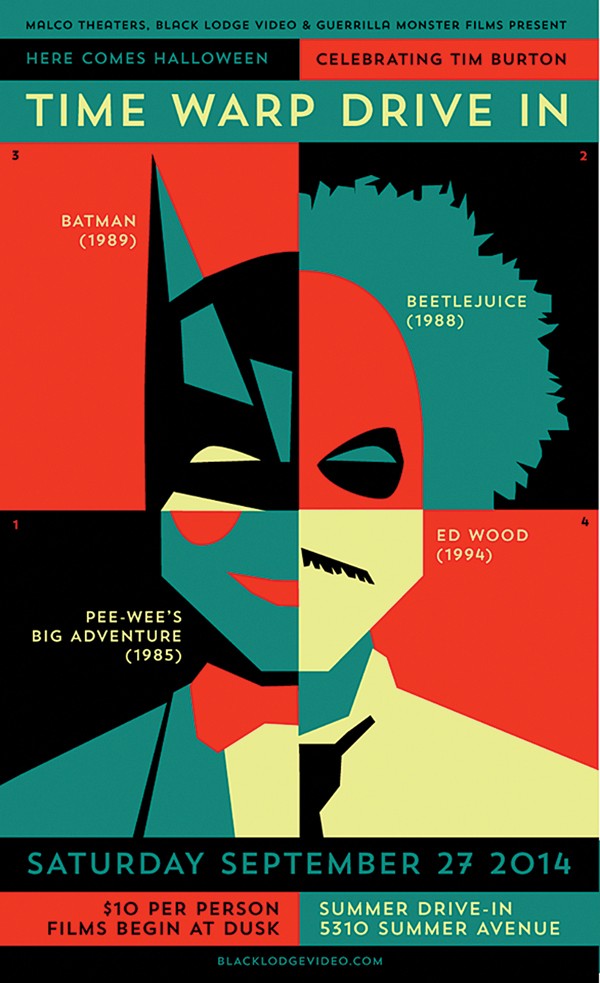 Lauren Rae Holtermann
Lauren Rae Holtermann 
